- Home
- slideshows
- miscellaneous
- I grew up in the San Francisco Bay Area. Here are 10 things I wish people would understand about it.
I grew up in the San Francisco Bay Area. Here are 10 things I wish people would understand about it.
Only a relatively small percentage of the area's population actually lives in San Francisco.

Everyday life in Silicon Valley is nowhere near as glamorous as it's made out to be.
With stories of wildly successful tech executives and brainy kids who make millions on "unicorn" startups, Silicon Valley has often been talked up in the media as a dazzling place where dreams come true.
The reality is much more down-to-earth — Silicon Valley, that stretch of the southern Bay Area centered on San Jose, is for the most part an expansive suburban landscape.
Of course, you'll see people driving Teslas and owning beautiful, expensive properties in some parts of town, but Silicon Valley has little of the splendor one might expect. That's because when people make money here, they usually spend it in less showy ways than in other business hubs like Los Angeles or New York, and tend to prioritize peace and quiet over ostentatiousness.
Many people rarely feel the presence of big tech companies, even though they might be right around the block.
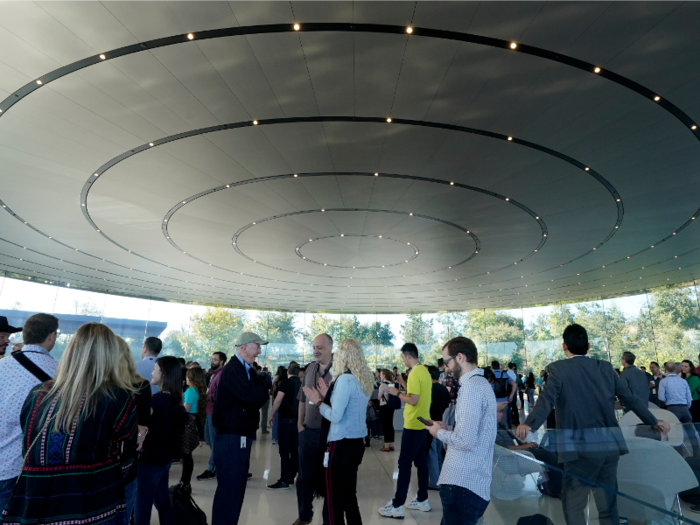
Bay Area tech companies have made a huge impact on 21st-century living across the globe, but their day-to-day impact is hardly felt by people living around them. Tech giants like Google, Apple, and Facebook today have a much more subdued presence on the ground, and really aren't much to look at.
I grew up 15 minutes down the street from Apple's campus in Cupertino in the South Bay and drove past it hundreds of times. Had it not been for signs with the Apple logo, the buildings along the road would have been indistinguishable from any other run-of-the-mill commercial office spaces.
Since then, Apple has, of course, opened up a new, flashier campus. Visits to campuses like these are certainly eye-opening experiences, but by and large, people coming to the South Bay to "see Silicon Valley's tech world" might be a little bit disappointed.
Perhaps the most consequential way that these businesses have made their mark is by continuing to be some of the largest employers in the area, and over the years, they have driven housing prices to astronomical heights.
The cost of living is so high, it doesn't feel like you're living in a wealthy metropolitan area.
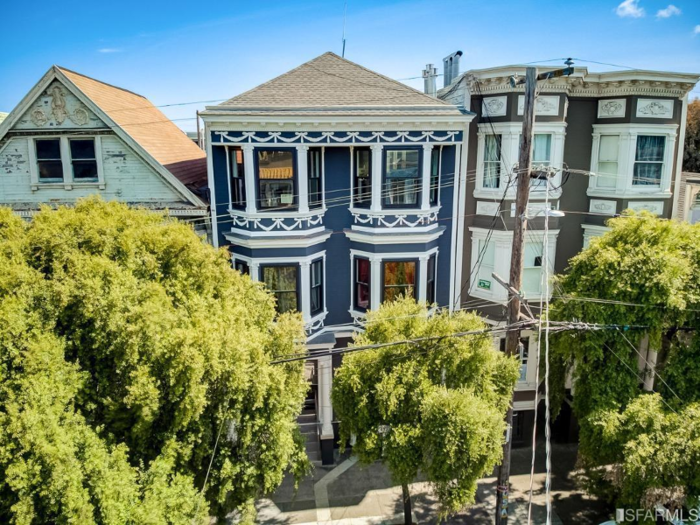
One reason why the suburbs of the Bay Area feel so commonplace is that despite high salaries in the tech sector, the cost of living has kept up — an average-sized home in certain parts of the region could cost millions.
This, combined with residents' general lack of flashiness, means that the real wealth of the area often can be hidden to the naked eye, and the daily lifestyle of most residents is arguably comparable to that of other suburbanites across the US.
But because everything costs so much more, people who aren't making tech-level salaries often find it hard to keep up and have in many cases been priced out of areas that were previously affordable.
The Bay Area isn't just a bubble for rich people — yet.
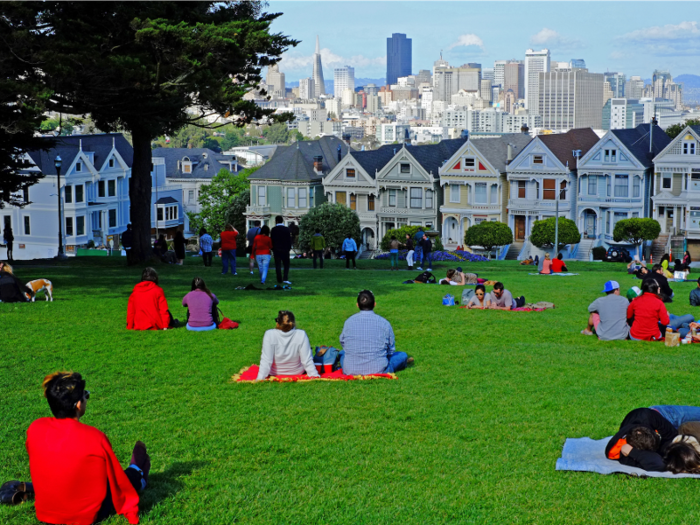
With the still-rising costs of housing and basic goods in the Bay Area, rich people are increasingly becoming the only ones who are able to comfortably get by. This has led some people to argue that the region — and San Francisco, especially — has become a playground for the wealthy, as more and more people are pushed out.
Thankfully, middle and low-income residents are still holding on in many places, meaning that decades-old small businesses and communities continue to make the Bay Area an organic and multi-faceted place. Neighborhoods in Oakland, the East Bay, San Jose, and pockets of San Francisco itself continue to survive as areas where high living costs have yet to drive people out.
Oakland's reputation as a dangerous city is largely undeserved, and it is an integral part of the Bay Area.
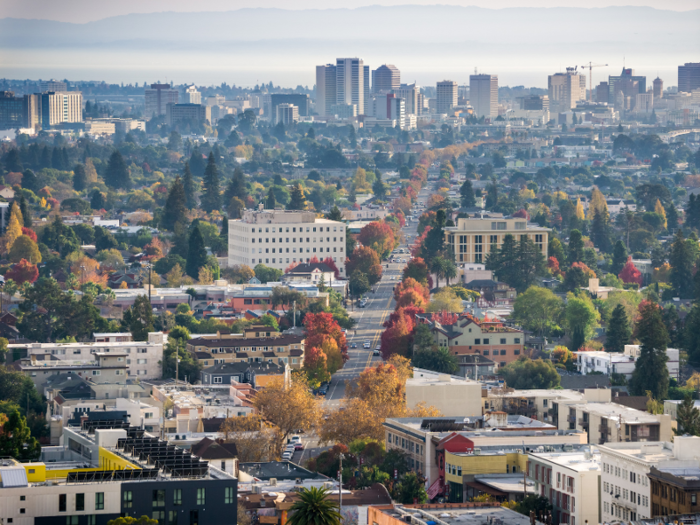
Speaking of Oakland, the city has often been the Bay Area's boogeyman — its once-high rates of crime and homicide kept outsiders away for years. These stereotypes are undeserved, and the city hosts galleries, restaurants, and a thriving cityscape alongside working-class neighborhoods that make the city feel much less pretentious than the glitzy polish present in San Francisco's city center.
In addition, for me, Oakland often served as a window into what the Bay Area looked like before the tech boom — the city continues to house the largest port on the San Francisco Bay and is home to African-American and Latinx communities that have disappeared in some other parts of the area as local economies shifted.
The Bay Area is a highly competitive place — sometimes too much so.
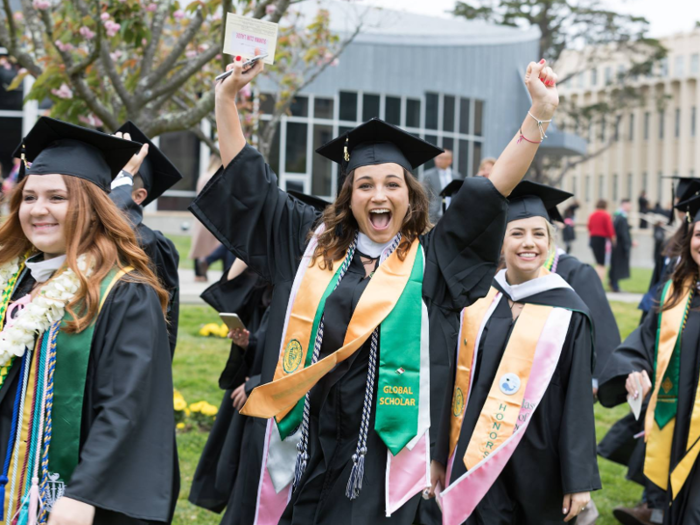
Home to a number of prestigious universities, top-performing private and public schools, and some of the highest rates of education in the country, the pressure to succeed in the Bay Area is very real.
I experienced this firsthand throughout my school years when I was pushed to challenge myself and not settle for anything less than my dreams.
Yet such an environment has a dark side — this pressure had detrimental effects on many people around me growing up, and I witnessed many of the negative mental health consequences that accompanied it. In addition, because STEM fields reign supreme in Bay Area culture, other disciplines sometimes fall by the wayside, making holistic education difficult.
The region's high level of education means you are surrounded by some truly brilliant and ambitious people.
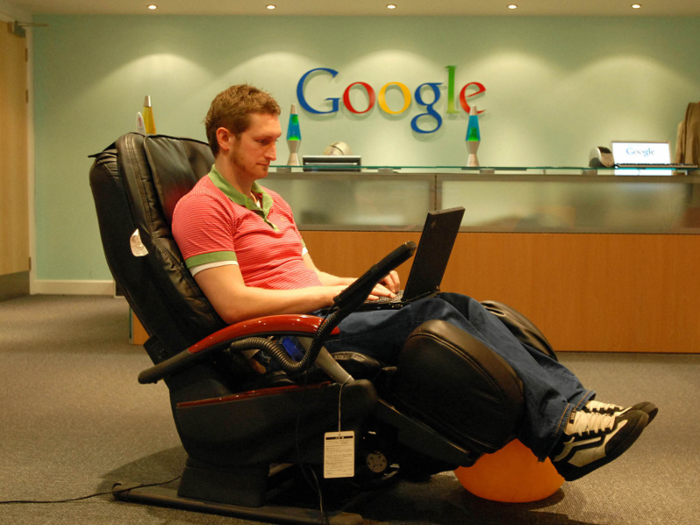
Despite the often overwhelming academic pressure in the Bay Area, because of its tradition of innovation and its role as a hub for new ideas from around the world, I found myself exposed to some incredibly talented people.
When I was young, I was not only able to hear Silicon Valley leaders giving readily accessible talks at events in the area, but I was also surrounded by kids my age who have since gone on to achieve great things.
Although it was certainly tough at times, functioning in an environment where I had high-achieving peers helped me get through it all and undoubtedly helped to inspire me to never compromise on my own vision of success.
A huge factor that makes living in the Bay Area special isn't its urban life, but rather its easy access to nature.
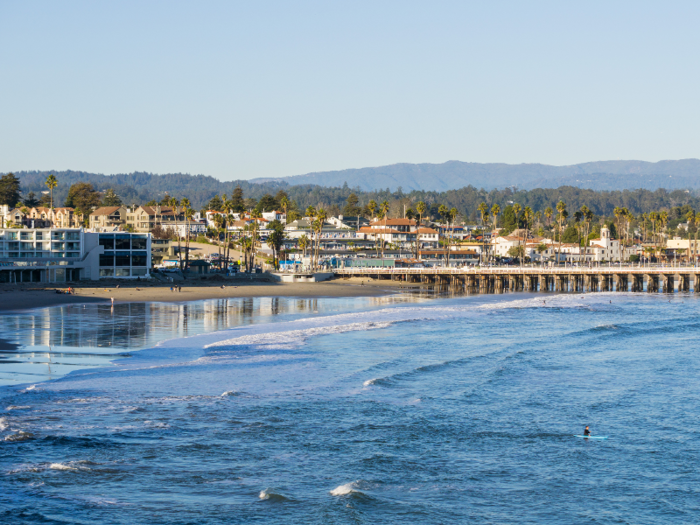
The tech industry and everything that comes with it certainly is unique to the Bay Area, but it is not the only place where one can find the diverse intellectual environment that I've described. What has always made the Bay Area stand out in my mind, though, is the readily available access residents have to the natural world around them.
As a teenager, I was never more than 30 minutes or an hour's drive away from hiking trails in the Santa Cruz mountains, where I could quickly find myself under virgin redwood forests or at vistas where I could see the entire San Francisco Bay stretched out before me. Though the Bay Area is by no means the sunny seaside metro area that Los Angeles is, beaches and the rugged Pacific coastline are still just a short drive away, and in San Francisco, they are located right within the city limits.
Growing up, I took this ability to get out of the city for granted and didn't understand how special it truly was until I left the area to live elsewhere.
The Bay Area has changed a lot over the last few decades, but it's still an amazingly multicultural place.
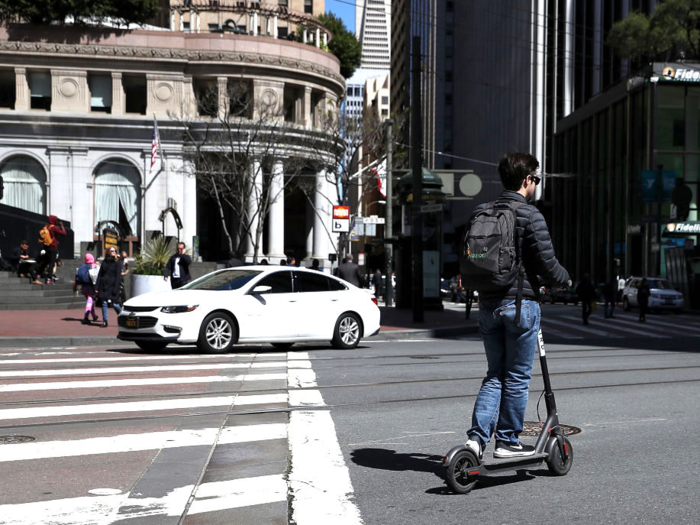
Despite the housing crisis, the cost of living, and the accompanying social changes that have taken place in the Bay Area these last few years, the Bay Area has remained a diverse region with more ethnic and racial communities than one can count. As a kid, I had friends whose families had come from every corner of the world, and it wasn't until I moved away that I realized that this was not always the norm in other parts of the US.
To this day when I return to the Bay Area, one of the things I look forward to the most is the immense variety of cuisines and cultures I am able to experience there. From Thai, Vietnamese, Mexican, Persian, and Indian food in the South Bay, to Afghan food in the East Bay, to freshly caught seafood and Chinese cuisine in San Francisco, and so much more, the Bay Area truly is a place where the world comes together.
- Read more:
- 10 crazy things Silicon Valley thinks are normal that make the rest of the country think it's out of touch
- 10 of the biggest cultural differences between the Midwest and the East Coast, from someone who's lived in both regions
- I moved from New England to San Francisco — here are the 7 things that surprised me most
- 10 things you'll only understand if you live in California
Popular Right Now
Popular Keywords
Advertisement